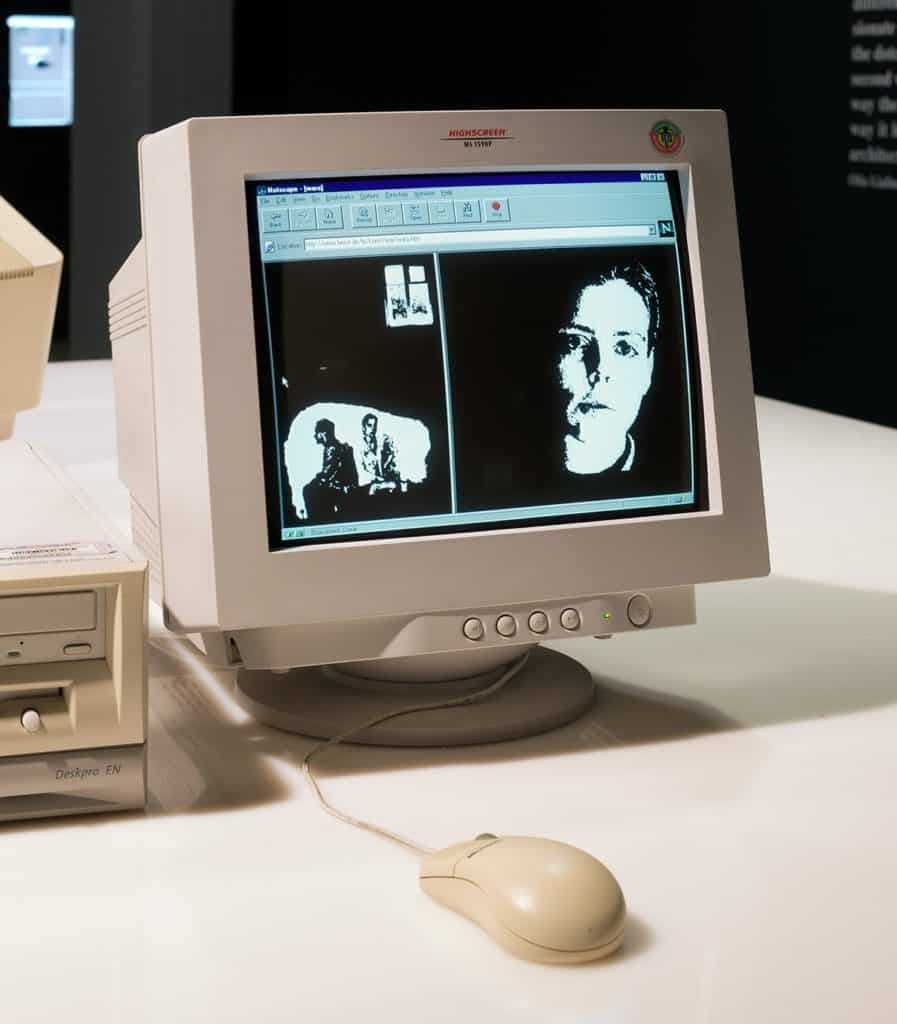Internet art

Internet art
Internet art, a dynamic and revolutionary form of art birthed in the digital era, stands out for its unique use of the online world as a primary medium. This artistic movement, which began gaining prominence in the 1990s, is characterized by its diverse forms and its ability to transcend traditional artistic boundaries.
The roots of Internet art can be traced back to earlier movements such as Dadaism and Mail Art, which emphasized communication, networking, and collective authorship. These early concepts laid the groundwork for the interactive and participatory nature of Internet art. One of the earliest examples of this art form is Olia Lialina's "My Boyfriend Came Back from the War" (1996), an interactive hypertext storytelling project that utilizes the hyperlink as a narrative tool. This piece, known for its influential role in the mid-nineties, allows users to navigate a story of a couple reuniting after a conflict, with the narrative unfolding based on the user's interactions.
Artists like Mark Napier have explored the aesthetic aspects of the internet's structure, as seen in works like "The Shredder" (1998), which deconstructs web pages into a collage-like display, showcasing the raw material of the web in a unique, visually striking manner.
The advent of social networking platforms in the mid-2000s marked a significant shift in the distribution and community dynamics of Internet art. Platforms like Flickr facilitated a transition from exclusive groups, such as Surf Clubs, to more inclusive and diverse online artistic communities. This shift allowed for a broader range of artistic expression and collaboration, making Internet art more accessible and participatory.
Post-Internet, a term coined in the mid-2000s, describes artworks that are derived from the internet's influence on aesthetics, culture, and society. This concept reflects the integration of the web into various forms of artistic expression, highlighting how artists of the digital age employ the internet as just another medium, akin to painting or sculpture.
Internet art's inherent flexibility and adaptability make it a continually evolving art form, reflective of the rapid technological and social changes in the digital age. Its ability to merge the virtual with the physical world, along with its emphasis on interactivity and collective participation, positions Internet art as a significant and influential movement in the contemporary art scene.
If you are a collector or an expert in art and antiques, the world of Internet art offers a fascinating and evolving landscape to explore. For those interested in staying informed about the latest developments and opportunities in this dynamic field, consider signing up for updates related to Internet art. Stay connected to discover new product sales and auction events, and delve deeper into this innovative and transformative art movement.
| Country: | Canada, Europe, USA |
|---|---|
| Start of the period: | 1990 |